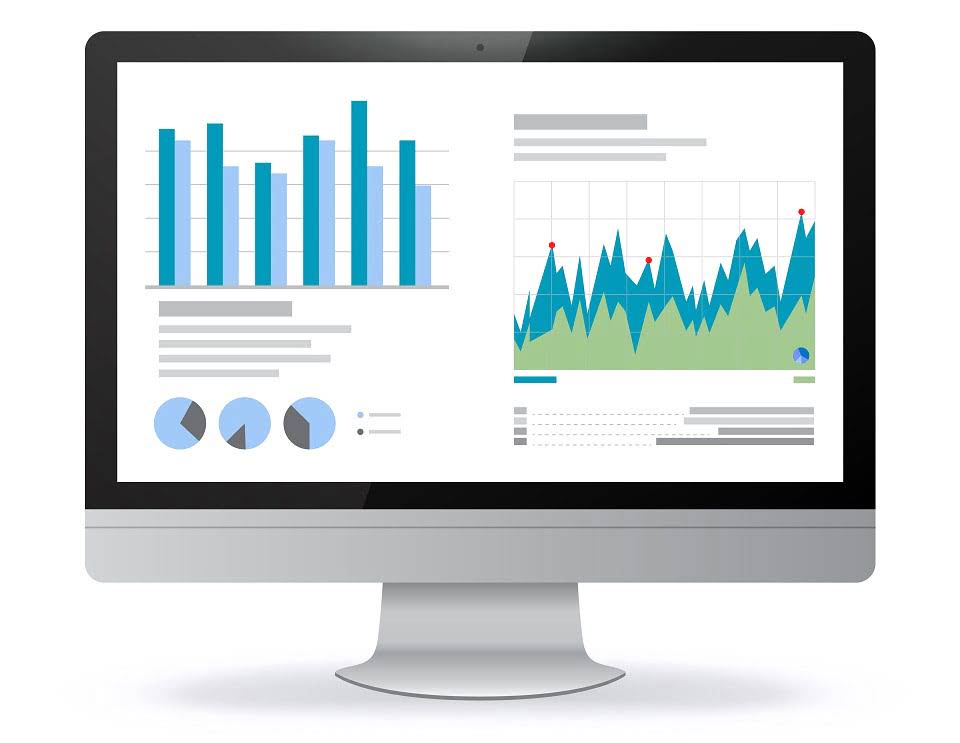Outstanding Checks: What They Are and Why They Matter

On the payee side, outstanding checks create a risk of expiring or becoming «stale.» When this happens, the check can’t be cashed or deposited, and the payment must be reissued or made another way. Holding on to checks for a long time also increases the likelihood that they will get lost or destroyed before they are cashed or deposited. Bounced checks result when there is not enough money in the account to cover the check amount. An outstanding check is a check payment that has been recorded by the issuing entity, but which has not yet cleared its bank account as a deduction from its cash balance. The concept is used in the derivation of the month-end bank reconciliation.
Be a financially smart family!
- Overall, the consequences of not managing outstanding checks can be detrimental to the financial well-being of a business.
- Banks may refuse to honor such checks, disrupting financial planning and cash flow management.
- This will help you identify any discrepancies and ensure that all outstanding checks have been accounted for.
- When the payee deposits the check at a bank, it requests the funds from the payor’s bank, which, in turn, withdraws the amount from the payor’s account and transfers it to the payee’s bank.
Voiding a check usually occurs when there is an error or when a check needs to be cancelled for any reason, such as a payment dispute or a duplicate payment. You can also consider digital money transfers to avoid the issue of paper checks entirely. Tools like digital banking apps, online money transfers, and direct deposits offer instant, effortless transactions in real-time. Another aspect of resolving outstanding checks is to review internal controls. This includes analyzing the check issuance process to identify any operational inefficiencies that could be contributing to the problem. For instance, checks might be getting mailed to incorrect addresses or not being issued promptly.
How Do Outstanding Checks Work?
- Last, outstanding checks might have an impact on management of the cash flow.
- For example, if a company issues a check near the end of the month, but it is not deposited until the following month, it will appear as an outstanding check on the company’s records.
- Outstanding checks that remain so for a long period of time are known as stale checks.
- For the past 52 years, Harold Averkamp (CPA, MBA) hasworked as an accounting supervisor, manager, consultant, university instructor, and innovator in teaching accounting online.
- To reconcile outstanding checks with your bank statement, compare the checks issued but not yet cleared with the information provided on the statement, ensuring that both records align.
- Outstanding checks also have the risk of being used in fraudulent conduct.
The term “outstanding” indicates that the transaction remains uncompleted, with the liability resting on the payor until the check is processed. Also, outstanding checks may prove a hassle for an otherwise careful consumer. Keeping track of multiple uncashed checks over a long period of time makes it easier to accidentally spend the money that was set aside for a check and incur overdraft fees.
How an Outstanding Check Works?
Instituting a policy of regular communication with payees can preempt issues of checks remaining uncashed. This could outstanding check involve sending reminders or confirmations upon check issuance, which not only prompts timely cashing but also verifies that the check has reached the intended recipient. Additionally, embracing electronic payments where possible can significantly reduce the incidence of outstanding checks.

We answer your questions about this financial term and what to do when managing an outstanding check. If a check remains outstanding for an extended period, it may become stale-dated, and the bank Bookstime may refuse to honor it. The payee should contact the issuer to request a new check if this occurs.

For the past 52 years, Harold Averkamp (CPA, MBA) has worked as an accounting supervisor, manager, consultant, university instructor, and innovator in teaching accounting online. It may be necessary to issue a new check without getting the old check back if the original check was lost or destroyed. This presents a thorny situation—two checks might be circulating for a single payment. If the old check is deposited, your bank might honor it, and you could consequently end up paying double.
Advance Your Accounting and Bookkeeping Career

Communication with PayeesRemember to maintain contact with payees and remind them about any outstanding checks. If they haven’t received payment, this may encourage them to deposit or cash the check. In some cases, they might notify you to reissue the check if it has been lost or misplaced. Once such checks are finally deposited, they can cause accounting problems. Furthermore, checks that are never cashed may constitute «unclaimed property» that is turned over to the state.
Other reasons include delays in the mail system, clerical errors, or discrepancies between the company’s records and the bank’s records. Regardless of the reason, it is crucial to identify outstanding checks and take appropriate action to bring them to resolution. Checks that how is sales tax calculated are outstanding for a long period of time are known as stale checks. In the U.S., outstanding checks are considered to be unclaimed property and the amounts must be turned over to the company’s respective state after several years. Switch to Electronic Payment MethodsAs banking continues to evolve toward more electronic transactions, consider using online bill pay services. This can help provide real-time information about your outstanding checks and account balances, reducing the likelihood of checks going unnoticed.

To reconcile outstanding checks with your bank statement, compare the checks issued but not yet cleared with the information provided on the statement, ensuring that both records align. On your reconciliation sheet, outstanding checks are often subtracted from your balance per bank because these withdrawals have not yet happened but are simply a timing matter. Accounting inconsistencies may arise if outstanding checks are not reported and tracked in the appropriate manner. Because of this, keeping correct financial records can be difficult, and it may lead to problems during audits or when reconciling finances. For example, payments may show as being paid but if the cash has not yet been debited from the account, there may be inconsistencies worth reconciling. In addition to timing differences, outstanding checks can also arise from errors, such as when a check is lost or misplaced before it can be deposited.




